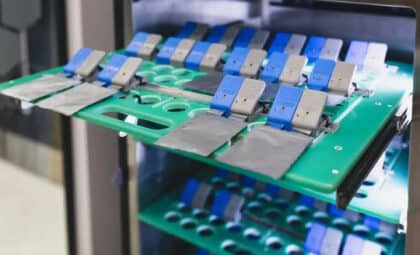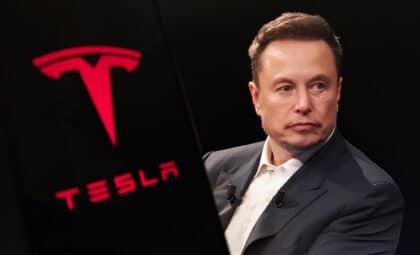Siddhant Awasthi, who started at Tesla as an intern, rose through the ranks to lead one of the company’s most high-profile projects. The news of his departure, shared in a personal post on LinkedIn, offers no details on his next move. It does, however, add to a growing list of high-level exits that have hit the automaker in recent months. Indeed, His exit comes at a time when Tesla is facing persistent manufacturing challenges, repeated recalls, and declining profits linked to its much-publicized electric pickup.
The timing raises questions about stability at the Elon Musk-led company. With the Cybertruck continuing to generate headlines for technical problems and underwhelming performance, Awasthi’s exit underscores a broader period of turbulence within Tesla’s vehicle division. The company has now faced four straight quarters of profit decline, despite a temporary boost in sales driven by federal tax incentives.
Cybertruck Program Plagued by Recalls and Design Issues
Since its limited release in late 2023, the Cybertruck has been recalled ten times. Among the most serious issues was a problem with the vehicle’s front lights, which were deemed overly bright and potentially hazardous to other drivers. In March, U.S. safety regulators ordered a large-scale recall affecting more than 46,000 units, citing that a windshield panel could detach while the truck was in motion.
Further problems include interior components that have interfered with the accelerator pedal, and exterior trim that reportedly detached mid-drive. According to Futurism, some stainless steel body panels even risk flying off on highways. These issues have cast a long shadow over a vehicle once touted by Elon Musk as “apocalypse-proof” and designed for extreme conditions.
Sales Figures Fall Short of Ambitious Targets
Tesla had previously aimed to deliver between 250,000 and 500,000 Cybertrucks annually. Instead, the total number sold since launch stands at just over 63,000. A temporary spike in sales occurred when customers rushed to take advantage of a $7,500 federal EV tax credit that expired at the end of September. Still, the effect was short-lived, and quarterly profits continued to decline.
The company’s third-quarter earnings dropped 37% year-over-year, falling from $2.2 billion to $1.4 billion. While revenue technically rose, ABC News reported that this was largely due to buyers attempting to use tax credits before they expired—casting doubt on the sustainability of any short-term rebound.

Key Figures Leave as Company Shifts Direction
Awasthi’s departure is part of a wider exodus. On the same day, Emmanuel Lamacchia, the manager for Tesla’s Model Y program, also left the company. This follows a broader internal restructuring as Tesla begins to pivot toward artificial intelligence and robotics.
Some of Musk’s other companies, including SpaceX and xAI, have purchased large numbers of Cybertrucks in what appears to be an effort to prop up sales figures. Meanwhile, a controversial shareholder vote last week granted Musk a $1 trillion compensation plan—if he can meet a set of highly ambitious goals, including producing one million humanoid robots and growing Tesla’s valuation to $8.5 trillion.









